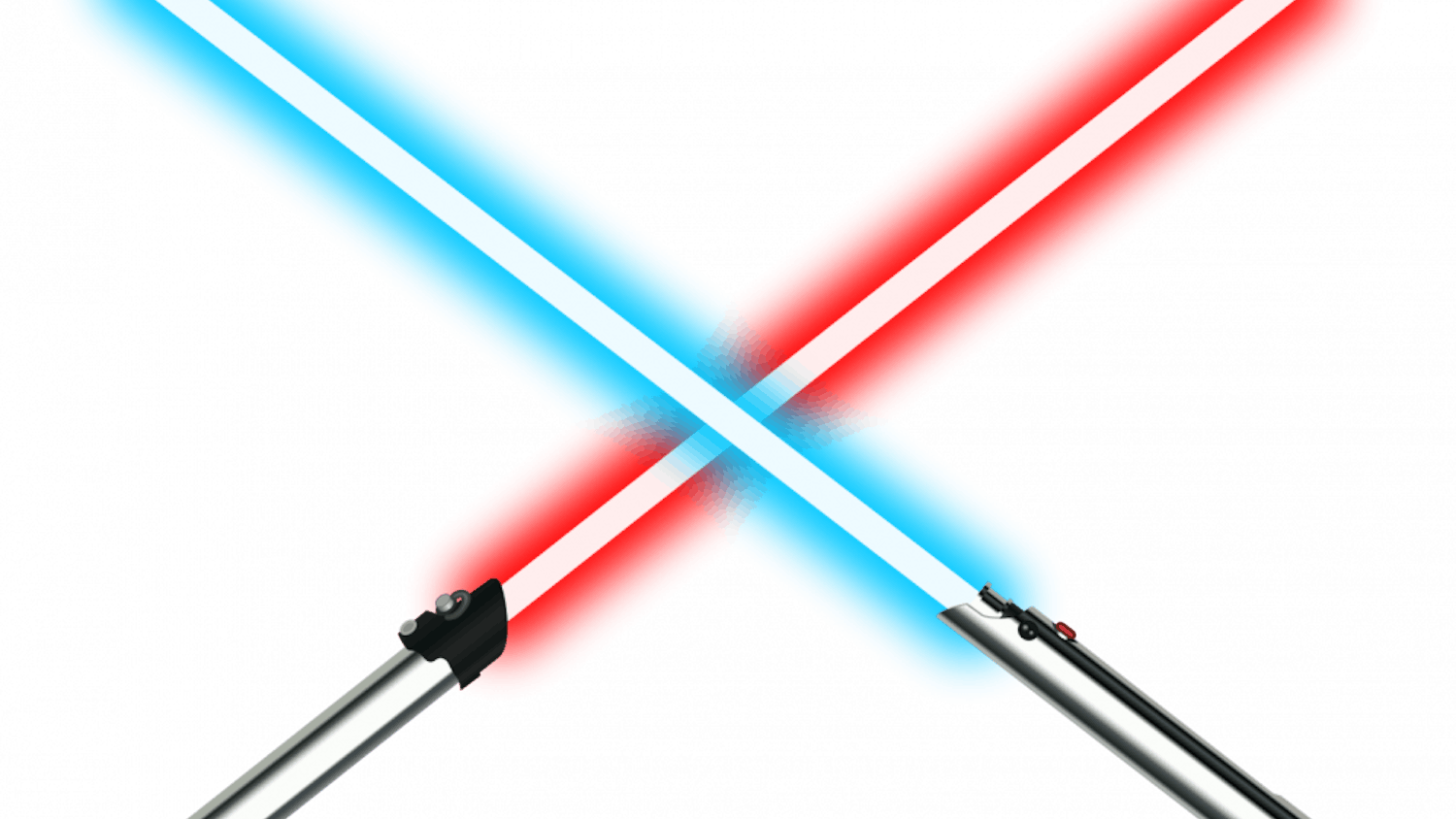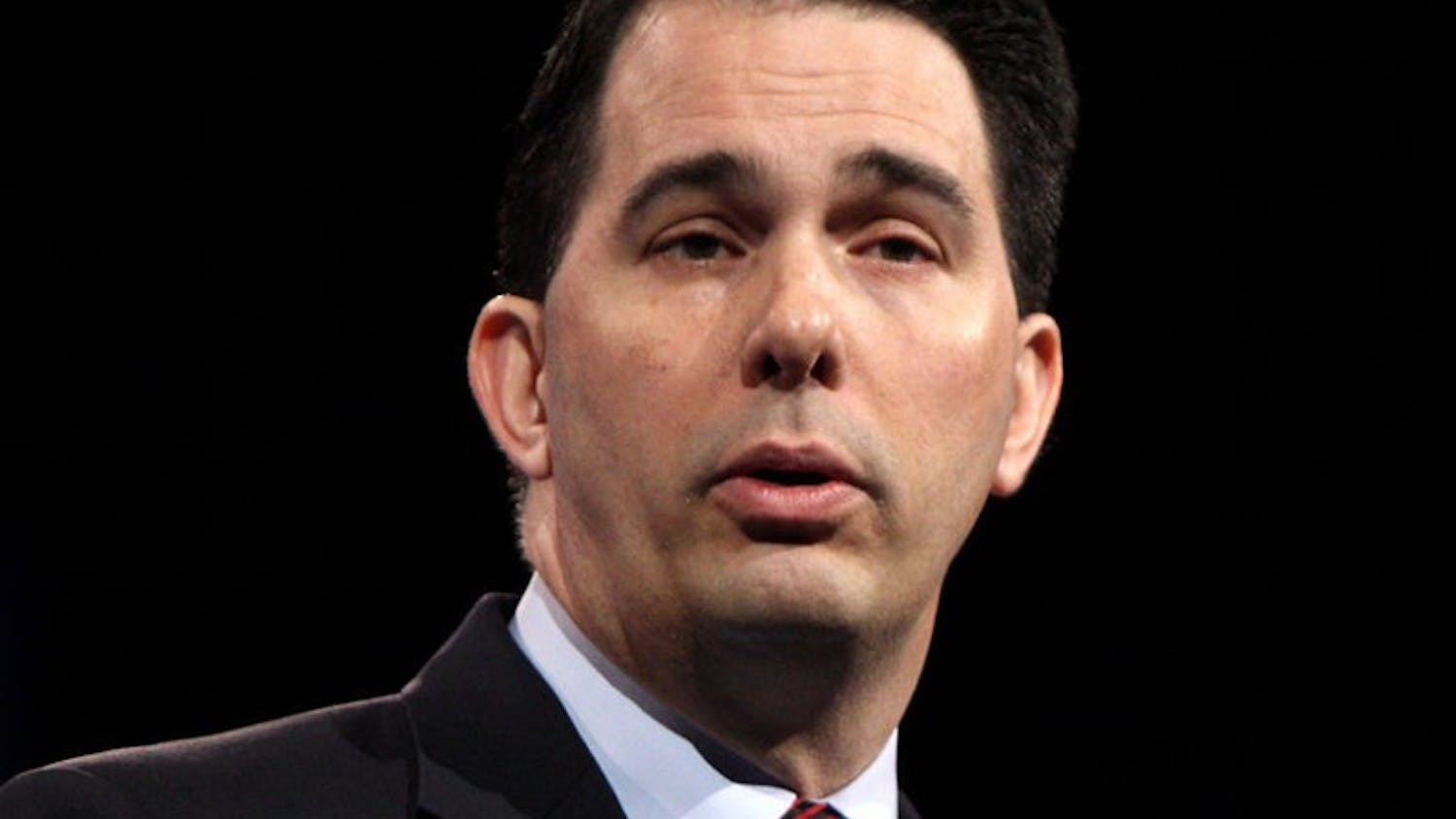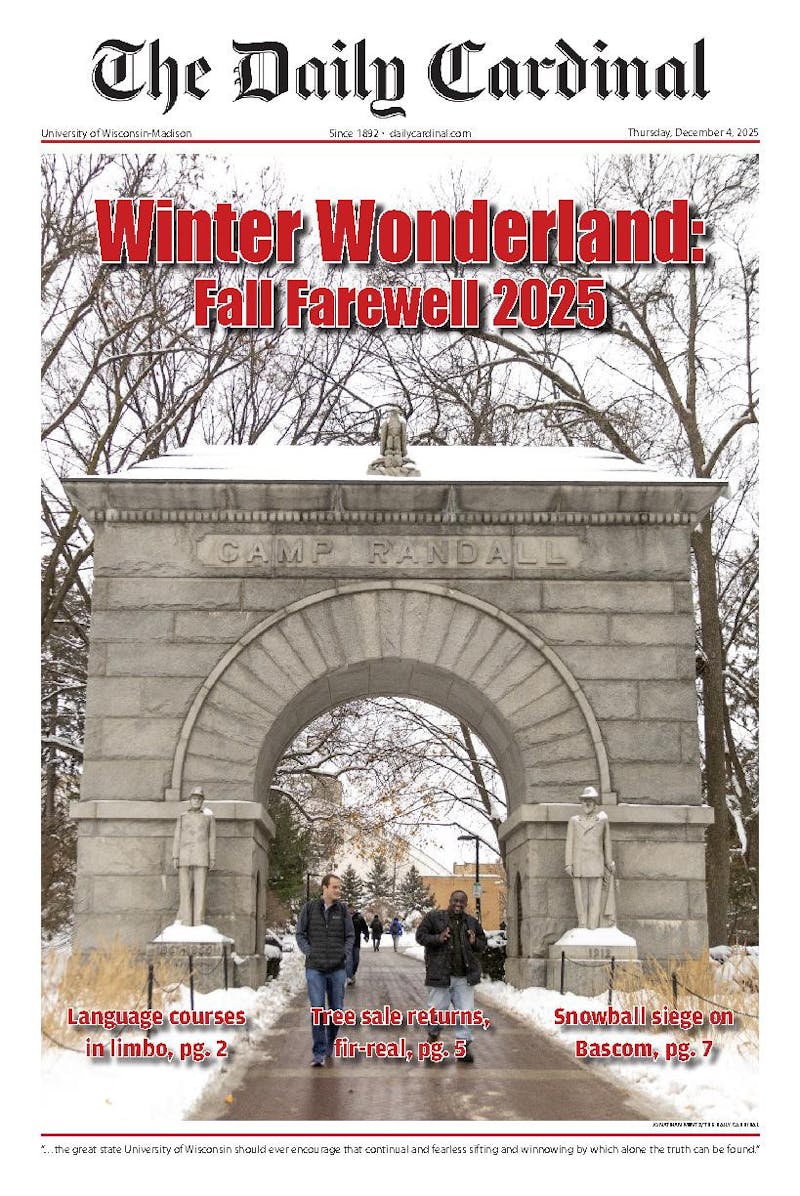My roommate recently turned me on to the fantastic PBS show “Downton Abbey,” part of PBS’s Masterpiece Theater. If you haven’t had a chance to watch it yet, you probably should, because it may be the best show on television. Anyway, besides getting me to call everything “unbecoming” or wondering how the Earl of Grantham would perceive whatever activity I’m currently in the middle of, Downton Abbey has really put me in a British mindset. And so, keeping that at the forefront of today’s article, I’ve decided to take a hop across the pond (the Atlantic Ocean, for our geographically-challenged readers) and check out some of Britain’s finer beers.
Beer has a long, storied history in England. After all, it is the country where the IPA was invented. In the early 18th century, English sailors often tried to bring beer on their voyages across the sea. However, the beer often spoiled. The solution? Hops, of course! As a natural preservative, the brewers added copious amounts of hops to their beer, allowing it to keep for the lengthy journeys to India. As a result, the IPA was born. Of course, the U.S. breweries have really taken the India Pale Ale to a whole other level, but it’s always nice to remember where it came from.
So… British beer. I was actually a bit disappointed by the selection at the liquor store (Riley’s, for those of you wondering), but picked up whatever I could. I snagged a couple bottles of Samuel Smith’s, a small, excellent brewery located in Yorkshire.
The first brew my roommate and I tried was Samuel Smith’s Taddy Porter. It poured a dark, translucent brown with minimal head and, surprisingly, hardly any lacing. As a sidenote—if you don’t see lacing (the crap that sticks behind as you drink) on your glass, it probably means the glass you’re drinking out of is dirty. Back to the beer—the smell here was a nice combination of roasted malt, coffee and oats. The taste, though, made me feel like I had dunked my head inside a vat of coffee. The taste was totally overpowering and, for this coffee fiend, one I thought was more than welcome. The other flavors were oats and a strong, malty backbone, but in comparison to the coffee? Well, it was almost like they weren’t there. This porter would be wonderful with barbecue, sausage or anything with a smoky, charcoal flavor. It not may pair well with any of the food they eat at Downton, but I think we could easily find something to drink it with here in Wisconsin.
The other beer I picked up was Samuel Smith’s Oatmeal Stout. A lot of people actually consider this beer to be the “standard” stout. The brewery has been around forever, and the stout is very, very well-known among beer snobs. It poured pretty similar to the porter but darker, with a slightly creamy head. Honestly, I don’t know if American beers have ruined me, but this was one thin stout! When I imagine a stout, I usually think of a heavy, complex beer loaded with chocolate, roasted malt and alcohol. The stout was similar in taste to the porter too—loaded with coffee and possibly a hint of chocolate and toffee. Very drinkable, but still not what I consider a stout should be. Would I recommend it? Well, if you plan on drinking this with dinner, sure. The lightness of the stout would actually be a nice contrast to spicier Asian food or a really sharp cheddar cheese. I definitely prefer other beers, but this is certainly one worth trying if you’ve never had a ‘real’ British beer.
Well, that’s it for this week. I can safely say I’ll jump back to U.S. beers for the next session. After all, we do make the best beer in the world (suck it, Belgium!).
Know of a British brew that will actually tantilize Dylan’s taste buds? E-mail him suggestions at dskatz2@wisc.deu.





